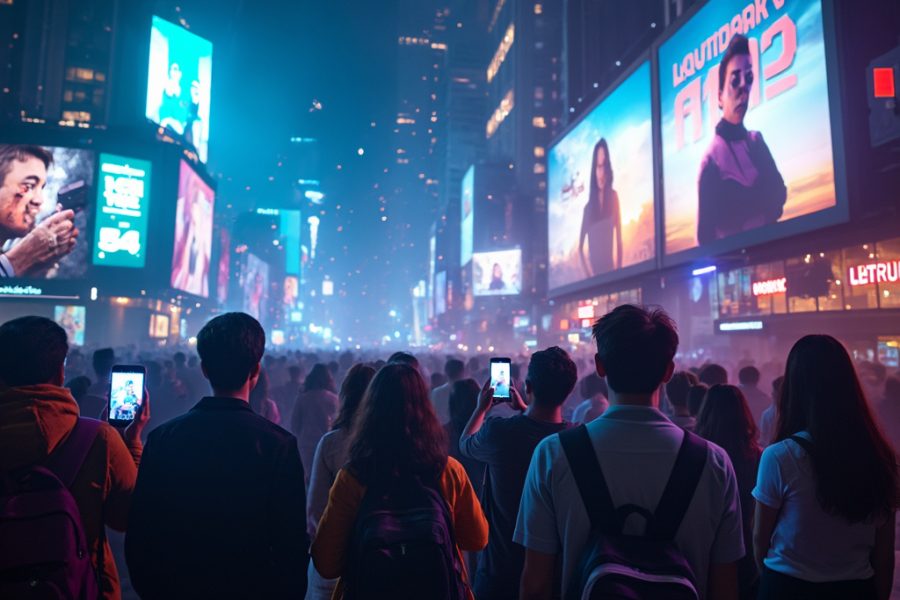
Top Book to Film Adaptations
Throughout cinematic history, numerous book adaptations have captivated audiences, transforming beloved literary works into Hollywood blockbusters. From the enchanting world of J.K. Rowling’s Harry Potter series to the gripping narratives of Stephen King’s novels, these adaptations have not only brought stories to life but have also introduced them to a wider audience. The magic of the silver screen allows filmmakers to explore the depths of characters and settings, often enhancing the original material with stunning visuals and soundscapes.
One of the most notable adaptations is “The Lord of the Rings,” directed by Peter Jackson. This epic trilogy not only garnered critical acclaim but also set a benchmark for future literary adaptations. The films’ ability to capture the essence of J.R.R. Tolkien’s work while introducing innovative storytelling techniques has made them a staple in the realm of fantasy cinema. Such adaptations demonstrate the potential for books to evolve into cinematic masterpieces, showcasing the synergy between literature and film.
Impact of Adaptations on Storytelling
The impact of adaptations on storytelling is profound, as they often breathe new life into classic narratives. When a book is adapted into a film, it undergoes a transformation that can either enhance or detract from the original story. Filmmakers have the unique opportunity to reinterpret themes, characters, and settings, allowing for a fresh perspective that can resonate with contemporary audiences. This evolution can lead to a deeper understanding of the source material, as seen in adaptations like “The Great Gatsby,” where visual elements amplify the novel’s themes of ambition and disillusionment.
Moreover, adaptations can serve as a bridge between generations, introducing timeless stories to younger audiences who may not engage with the written word. The success of movies based on books often hinges on their ability to connect with viewers emotionally, making the stories relevant in today’s context. This is particularly evident in adaptations like “To Kill a Mockingbird,” which continues to spark discussions about justice and morality, proving that the power of storytelling transcends mediums.
Why Some Adaptations Succeed Where Others Fail
The disparity in success among adaptations can often be attributed to several factors, including fidelity to the source material, the vision of the director, and the performance of the cast. Successful adaptations, such as “The Shawshank Redemption,” manage to capture the essence of the original work while also offering a unique cinematic experience. This balance is crucial; when filmmakers stray too far from the source material, they risk alienating devoted fans, as seen in adaptations like “Eragon,” which failed to resonate with audiences.
Another critical aspect is the screenplay. A well-crafted script can elevate a film, allowing it to stand on its own while still honouring the original text. The adaptation of “The Fault in Our Stars” is a prime example, where the screenplay effectively captured the emotional depth of John Green’s novel, resulting in a film that resonated with both fans and newcomers alike. In contrast, adaptations that lack a strong narrative foundation often falter, highlighting the importance of a cohesive vision in the adaptation process.
Audience Expectations vs. Reality
When it comes to adaptations, audience expectations can be a double-edged sword. Fans of the original material often approach the film with high hopes, eager to see their favourite characters and scenes brought to life. However, this anticipation can lead to disappointment if the adaptation fails to meet their expectations. The backlash against adaptations like “The Golden Compass” illustrates how diverging from the source material can result in a disenchanted audience, as viewers feel that the essence of the story has been lost.
Conversely, some adaptations manage to exceed expectations by offering a fresh take on the material. “The Handmaid’s Tale,” originally a novel by Margaret Atwood, has found renewed relevance in today’s socio-political climate, leading to a successful television adaptation that has captivated audiences worldwide. This demonstrates that while audience expectations are significant, the ability to innovate and adapt stories for modern sensibilities can lead to a more profound connection with viewers.
The Future of Book Adaptations in Hollywood
The future of book adaptations in Hollywood appears promising, with an increasing number of studios recognising the potential of literary works as source material. As streaming platforms continue to rise in popularity, there is a growing demand for content that can attract diverse audiences. This trend has led to a surge in adaptations of both classic and contemporary literature, providing filmmakers with a wealth of material to explore. The success of series like “Bridgerton,” based on Julia Quinn’s novels, exemplifies how adaptations can thrive in the current entertainment landscape.
Moreover, the evolution of technology has opened new avenues for storytelling, allowing filmmakers to create visually stunning adaptations that were previously unimaginable. As audiences become more discerning, the challenge for filmmakers will be to balance fidelity to the source material with innovative storytelling techniques. The future of movies based on books is bright, and as the industry continues to evolve, we can expect to see even more captivating adaptations that honour the spirit of the original works while pushing the boundaries of cinematic storytelling.
